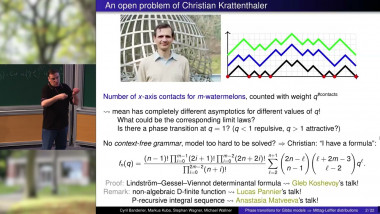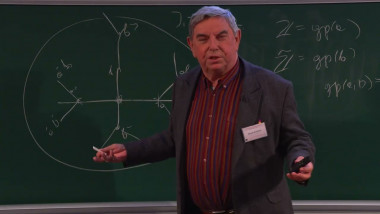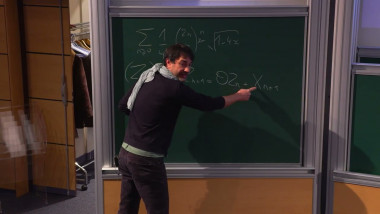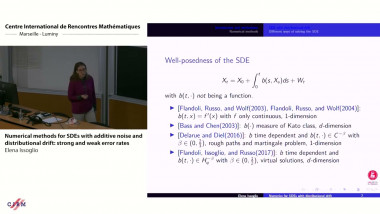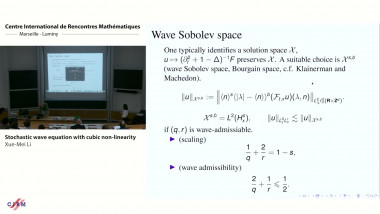Appears in collections : Special events, 30 Years of Wavelets, 30 years of wavelets / 30 ans des ondelettes, Actions thématiques
One of the important "products" of wavelet theory consists in the insight that it is often beneficial to consider sparsity in signal processing applications. In fact, wavelet compression relies on the fact that wavelet expansions of real-world signals and images are usually sparse. Compressive sensing builds on sparsity and tells us that sparse signals (expansions) can be recovered from incomplete linear measurements (samples) efficiently. This finding triggered an enormous research activity in recent years both in signal processing applications as well as their mathematical foundations. The present talk discusses connections of compressive sensing and time-frequency analysis (the sister of wavelet theory). In particular, we give on overview on recent results on compressive sensing with time-frequency structured random matrices.
Keywords: compressive sensing - time-frequency analysis - wavelets - sparsity - random matrices - $\ell_1$-minimization - radar - wireless communications
